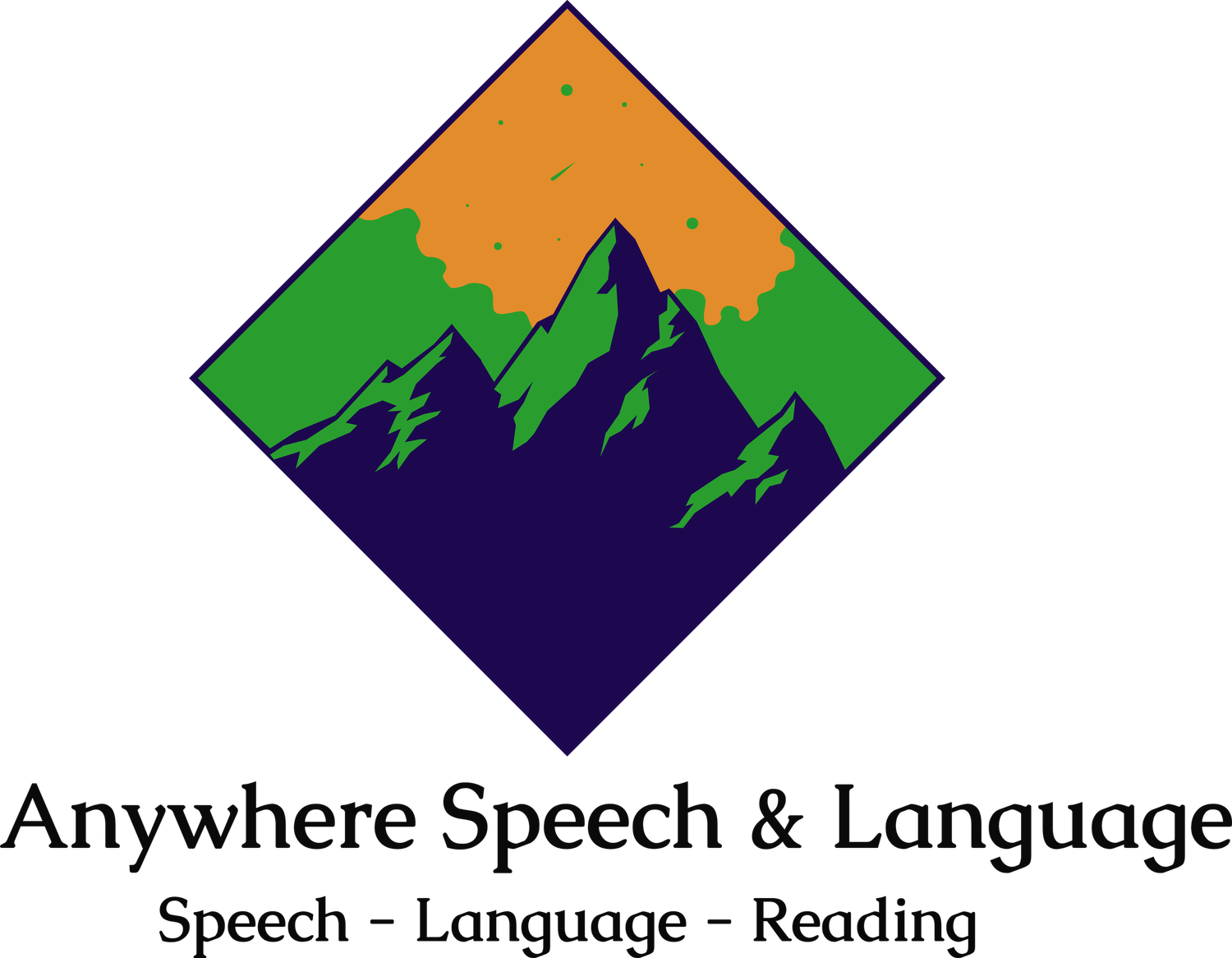6 Essential Tools for Cognitive Rehabilitation Therapy
Cognitive rehabilitation therapy is a crucial approach for individuals recovering from brain injuries, strokes, or neurological disorders. It helps improve memory, attention, executive functioning, and problem-solving skills. Whether you're a therapist, caregiver, or someone undergoing cognitive rehabilitation, using the right tools can significantly enhance recovery and daily functioning.
Here are six essential tools that play a vital role in cognitive rehabilitation therapy.
1. Digital Brain Training Apps
Brain training apps are widely used in cognitive rehabilitation therapy to improve memory, attention, and problem-solving skills. These apps provide structured exercises that challenge cognitive abilities in an engaging and interactive manner.
Some of the most effective brain training apps include:
Lumosity: A widely recognized cognitive training app that offers games designed to enhance problem-solving, memory, and processing speed.
CogniFit: Provides scientifically designed exercises to strengthen cognitive functions such as concentration, planning, and coordination.
Elevate: Focuses on improving reading, writing, and analytical skills through personalized challenges.
These apps can be used as supplementary tools alongside professional therapy sessions, allowing individuals to practice cognitive exercises at their own pace.
2. Assistive Technology Devices
Assistive technology plays a critical role in cognitive rehabilitation by helping individuals compensate for memory and attention deficits. Devices such as:
Smartphones and Tablets: These can be used for reminders, alarms, and organization apps to assist with daily tasks.
Smart Home Assistants (Alexa, Google Home): Voice-activated assistants help individuals set reminders, create schedules, and even engage in interactive conversations.
Wearable Technology: Devices like smartwatches with memory aids and GPS tracking can support individuals who experience confusion or disorientation.
By incorporating assistive technology into daily routines, individuals can maintain independence and manage cognitive challenges effectively.
3. Speech and Language Therapy Tools
Cognitive rehabilitation therapy often includes speech and language therapy to enhance communication skills, especially for individuals who have suffered from strokes or traumatic brain injuries. Some useful tools include:
TalkPath Therapy: A digital tool designed for individuals recovering from neurological conditions that affect speech and cognition.
AAC (Augmentative and Alternative Communication) Devices: These tools help individuals with severe speech impairments communicate effectively using symbols, text, or speech-generating technology.
Speech Therapy Flashcards: Simple yet effective tools that aid in word retrieval, sentence formation, and cognitive engagement.
Speech therapy tools can significantly improve cognitive-linguistic functions and help individuals regain confidence in communication.
4. Multi-Sensory Reading Programs
For individuals facing cognitive challenges that impact reading comprehension, multi-sensory reading programs are invaluable. These programs engage multiple senses to reinforce learning and memory retention.
Orton-Gillingham Approach: A structured, multi-sensory method used to help individuals with dyslexia and other reading difficulties.
Lexia Core5: An adaptive literacy program that supports cognitive development in children and adults with language-based learning disabilities.
Reading Pens: Assistive technology that reads printed text aloud, making it easier for individuals with cognitive impairments to access information.
By incorporating multi-sensory reading tools, individuals can improve comprehension, focus, and overall cognitive function.
5. Memory and Organization Tools
Memory impairments are common in individuals undergoing cognitive rehabilitation therapy. Various tools can help with organization, recall, and daily task management.
Visual Schedules and Planners: These tools provide structured schedules to enhance time management and routine consistency.
Memory Notebooks: A simple yet effective tool for recording important dates, names, and instructions to minimize forgetfulness.
Chunking and Mnemonic Devices: Strategies like breaking down information into smaller chunks or using acronyms can improve memory recall.
Memory tools are essential in promoting independence and reducing frustration in individuals with cognitive impairments.
6. Virtual Reality (VR) Therapy
Virtual reality is an emerging tool in cognitive rehabilitation therapy, offering immersive experiences to enhance cognitive functions. VR therapy provides a safe and controlled environment for individuals to practice real-life scenarios.
Rehabilitation VR Programs: Simulated environments that help individuals practice everyday tasks, such as shopping, cooking, or navigating social interactions.
VR-Based Cognitive Exercises: Engaging games and exercises designed to improve attention, reaction time, and problem-solving abilities.
Exposure Therapy: For individuals dealing with anxiety or PTSD following a brain injury, VR therapy can help desensitize and retrain cognitive responses.
Virtual reality therapy has shown promising results in cognitive rehabilitation by providing interactive and stimulating exercises tailored to individual needs.
Conclusion
Cognitive rehabilitation therapy requires a combination of effective tools and structured therapy sessions to enhance cognitive abilities. Digital brain training apps, assistive technology, speech therapy tools, multi-sensory reading programs, memory aids, and virtual reality therapy all play a significant role in improving cognitive functions.
If you or a loved one need professional cognitive rehabilitation support, Anywhere Speech & Language provides expert online therapy services to help individuals regain cognitive skills and confidence.
Visit Anywhere Speech & Language to start your journey toward cognitive improvement today.

